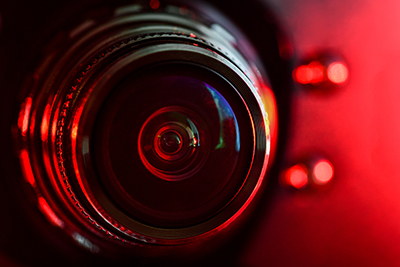 Healthcare, the automotive industry, surveillance: these are just a few examples of industries using machine vision. Soon, the list of enterprises untouched by machine vision will be smaller than the sectors that do.
Healthcare, the automotive industry, surveillance: these are just a few examples of industries using machine vision. Soon, the list of enterprises untouched by machine vision will be smaller than the sectors that do.
And why not? Machine vision and other AI systems offer a level of accuracy, precision, and speed beyond our reach. In the healthcare field, doctors are using machine vision to provide accurate and time-sensitive diagnoses. In the automotive industry, engineers are harnessing the power of machine vision to design low-risk autonomous vehicles. The list goes on.
In this article, we’re focusing on three fields that machine vision will innovate in the coming years.
Radiology
The United States has a shortage of radiologists. And of the radiologists we do have, none of them can read medical imagery as quickly or as accurately as machine vision. That means patients often wait days or weeks for results that a computer imaging system can process in one minute or less.
Thankfully, engineers and doctors have been busy creating AI systems to fill the gap. In one study, a camera using artificial intelligence diagnosed breast cancer quicker and more accurately than its human companions. This development is promising: People facing breast cancer don’t have time to spend weeks waiting for a diagnosis. And soon, they won’t have to wait anymore.
Robots
In the past, robots were limited by a lack of vision capabilities. They would bounce around a room with very little spatial awareness, rendering them useless for sensitive tasks. Professionals saw the potential of robots, but they knew we were still years away from being able to use them.
Not anymore. Vision guided robots, using 3D imaging systems, are more efficient and less mistake-prone than the humans they replace. With these advances, robots will replace and assist humans in thousands of jobs.
Surveillance Systems
Unfortunately, school shootings and isolated shooting incidents are surging around the country. The response to these incidents have varied: Some people ask for more gun legislation, while others ask for security guards.
In the meantime, surveillance systems are providing a non-partisan middle ground. Millions of machine vision-powered surveillance systems now exist, and many of them can quickly detect guns and other weapons.
Phase 1 is your one source for all machine vision needs. Learn more about what you can do with machine vision today.
